Doublet Demonstrates Ingenuity with Fabric
Founder Masayuki Ino seeks to push the boundaries of invention with t-shirts packaged in noodle pots, to be rehydrated before wearing.
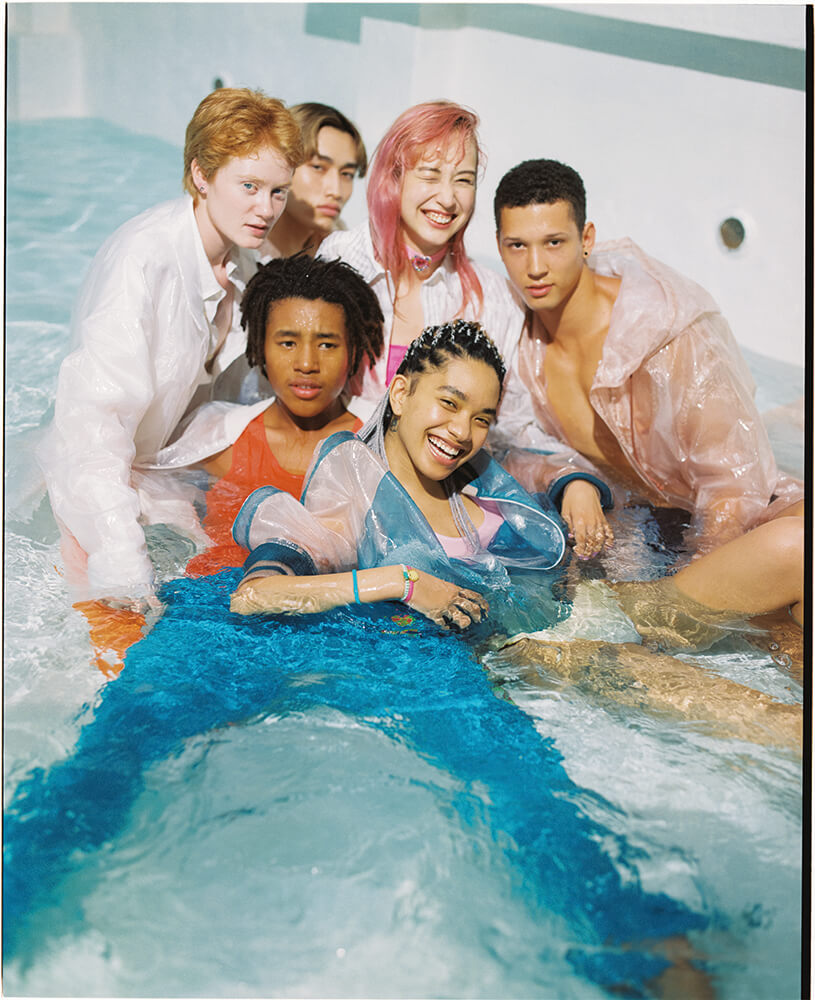
Photos: Ittetsu Matsuoka / Styling: Demi Demu / Hair & Makeup: Nori / Art Director: Yuma Higuchi
For its Spring/Summer 2019 collection, the brand Doublet, staying true to itself, revealed pieces based around relaxed cuts, with torn jumpers and bold, vintage graphics.
Unisex streetwear
A unisex brand, Doublet is famous in Japan but less well known in the rest of the world. In 2018, its founder Masayuki Ino won the LVMH Prize, following in the footsteps of Jacquemus and Marine Serre (with the winner receiving €300,000 and a one-year mentorship provided by a team from the LVMH group, making it the biggest yearly prize given out in the fashion world). When explaining their decision, the jury mentioned the ingenuity of Masayuki Ino’s fabrics and the quality of his pieces.
Gender neutral, inventive, technical: there aren’t enough adjectives to describe the work Masayuki Ino has been doing on streetwear since 2012 (and that has won him fans including Travis Scott and Kendall Jenner). What’s more, the label’s merchandising is original too: Doublet packages its t-shirts in noodle pots, and all that’s required for the item to take shape is to… add some water and wait three minutes.
Doublet’s latest collections can be viewed on the brand’s website.

Photos: Ittetsu Matsuoka / Styling: Demi Demu / Hair&Makeup: Nori / Art Director: Yuma Higuchi
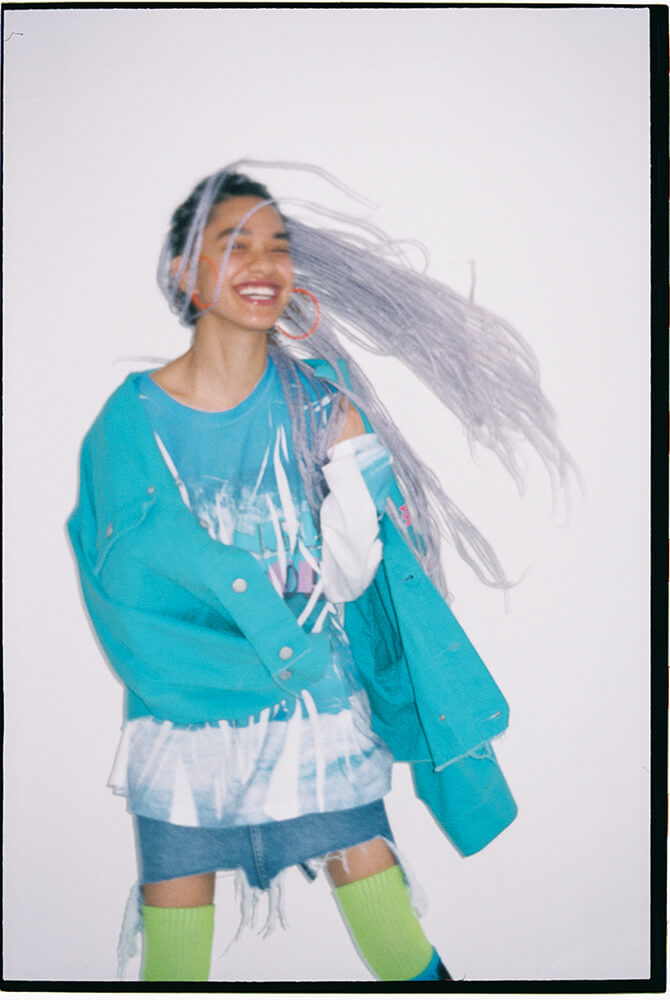
Photos: Ittetsu Matsuoka / Styling: Demi Demu / Hair&Makeup: Nori / Art Director: Yuma Higuchi
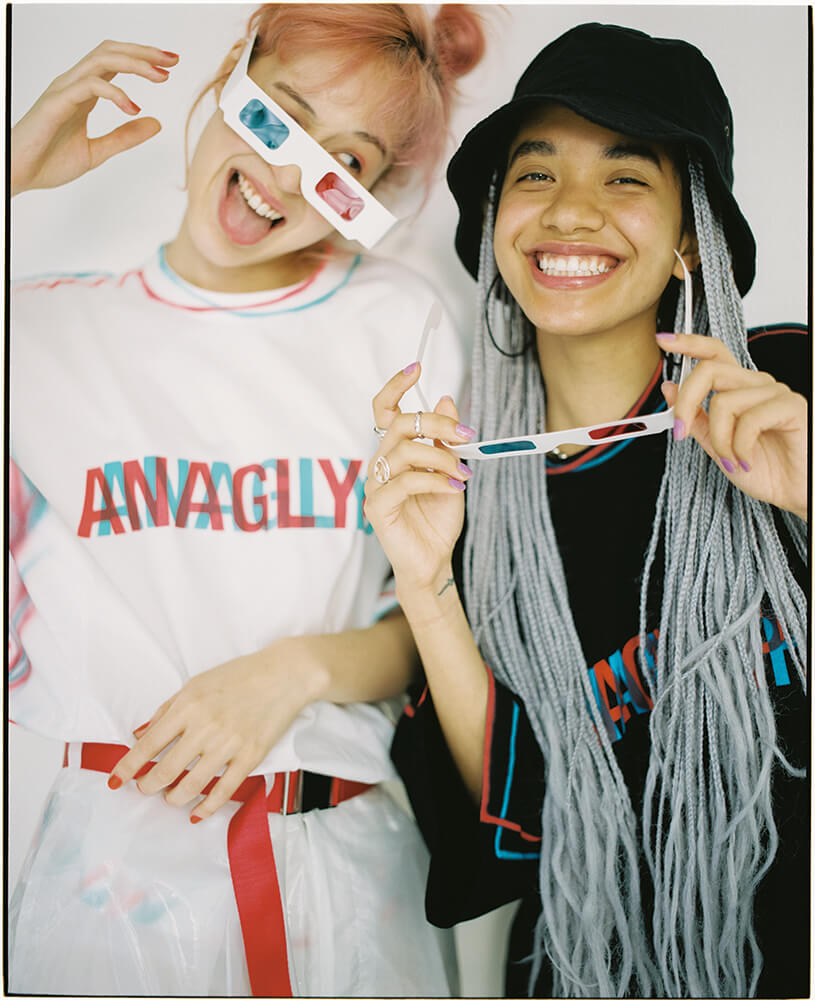
Photos: Ittetsu Matsuoka / Styling: Demi Demu / Hair&Makeup: Nori / Art Director: Yuma Higuchi
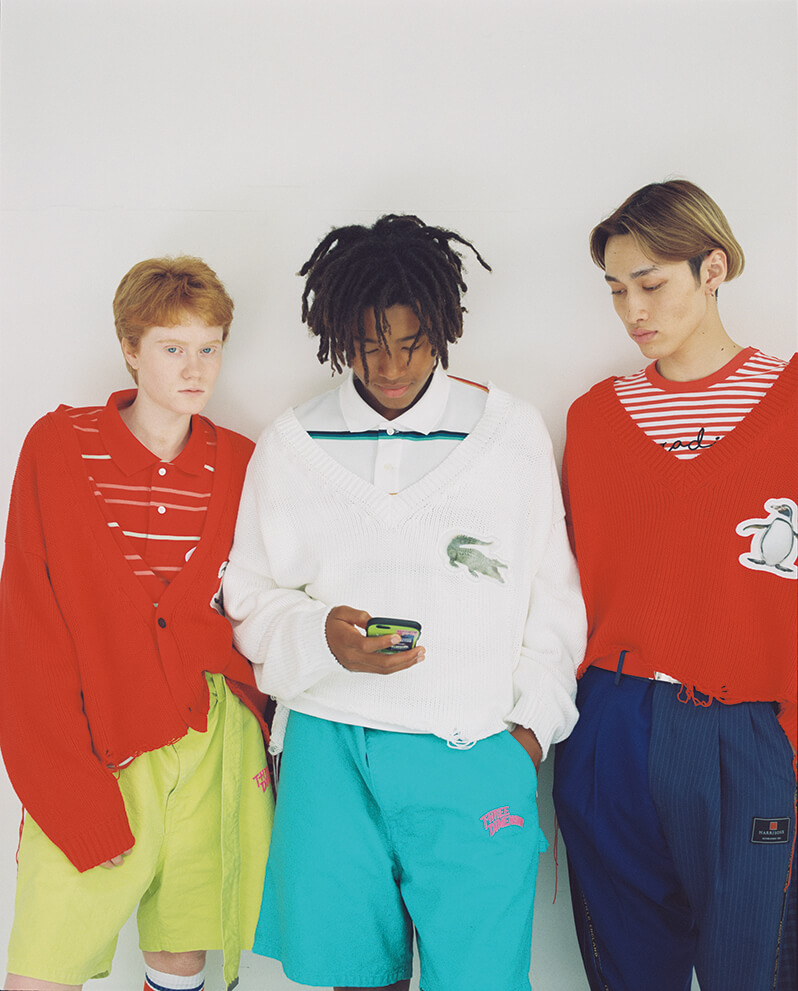
Photos: Ittetsu Matsuoka / Styling: Demi Demu / Hair&Makeup: Nori / Art Director: Yuma Higuchi

Photos: Ittetsu Matsuoka / Styling: Demi Demu / Hair&Makeup: Nori / Art Director: Yuma Higuchi
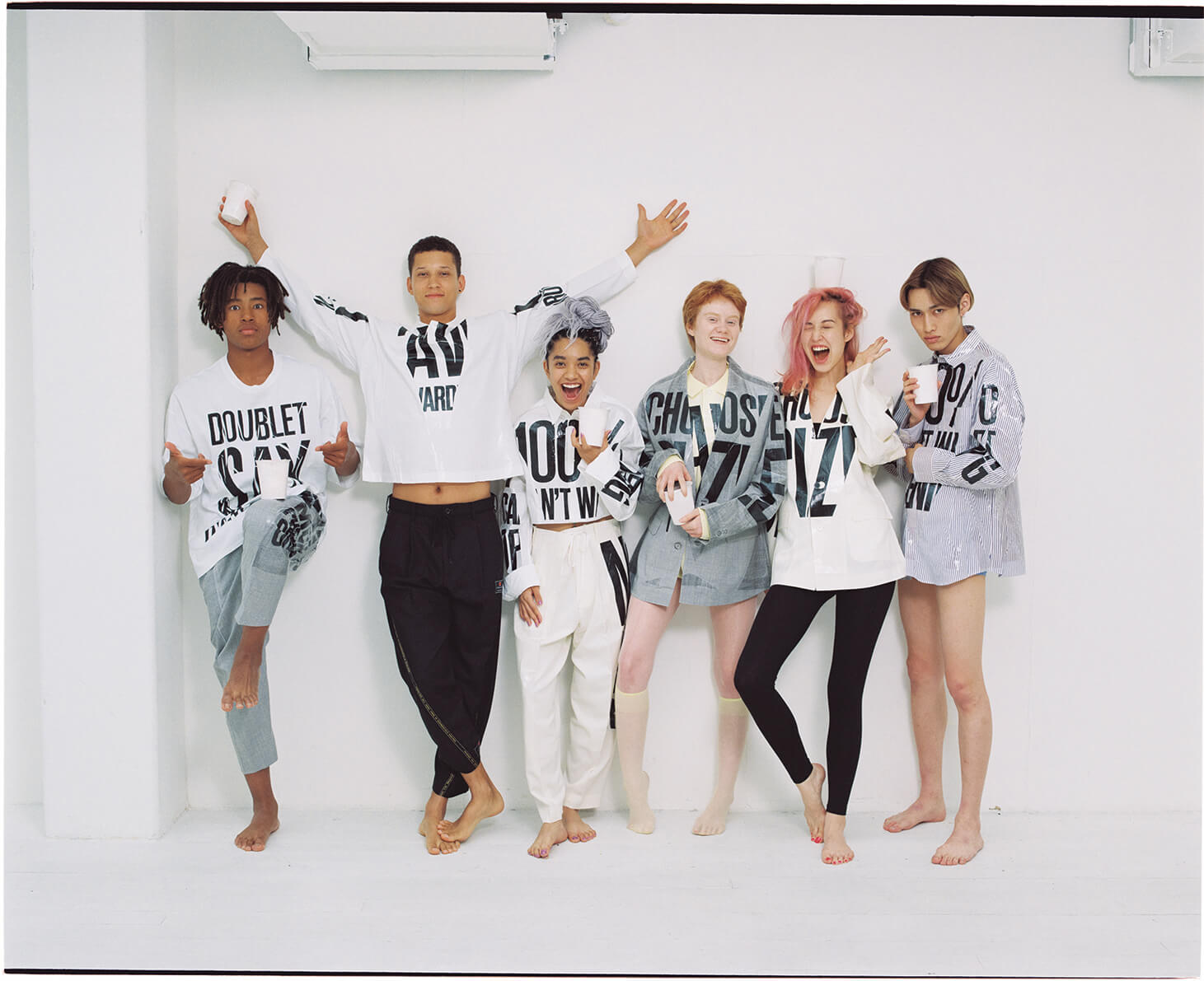
Photos: Ittetsu Matsuoka / Styling: Demi Demu / Hair&Makeup: Nori / Art Director: Yuma Higuchi
TRENDING
-
The Tattoos that Marked the Criminals of the Edo Period
Traditional tattoos were strong signifiers; murderers had head tattoos, while theft might result in an arm tattoo.

-
Paris, Tokyo: Robert Compagnon
With his co-chef and talented wife, Jessica Yang, Robert Compagnon opened one of the top new restaurants in Paris: Le Rigmarole.
 3:31
3:31 -
The Story of Sada Yacco, the Geisha who Bewitched Europe
Described by Dazed magazine as the first beauty influencer, she has been restored to her former glory since 2019.

-
Ito Jakuchu's Naturalist Paintings
From 15 September until 14 October 2018, the Petit Palais showcased the artist's iconic ‘Images of the Colourful Realm of Living Beings’.

-
Chiharu Shiota, Red Threads of the Soul
Last year, more than 660,000 people visited the retrospective 'Chiharu Shiota: The Soul Trembles' exhibit at the Mori Art Museum.





